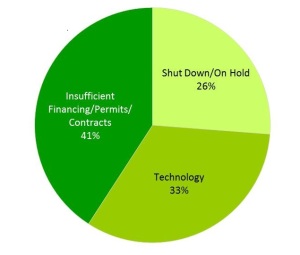This is the sixth in a series related to Forisk’s 2013 forecast of softwood stumpage prices in the United States.
When housing crashed in the United States, forest owners and timberland investors deferred harvesting sawtimber, the logs needed to manufacture lumber. In 2012, Forisk added a “forest supply module” to its forecasting of pine stumpage prices to estimate potential supply effects on timber prices. Today, the theory that pine grade accumulated, possibly to excess, on the stump in the U.S. South is holding water. Historical research and quantitative relationships reinforced the notion that (1) stumpage prices would lag increased demand and pricing for softwood lumber and (2) excess forest inventories could further dampen pine sawtimber price recovery.
Quantitative evidence confirms that pine grade stumpage prices lagged increases in softwood lumber prices. And the slow recovery of pine grade prices in 2012 showed greater dampening than estimated by the Forisk Forecast. South-wide, actual 2012 pine sawtimber prices in the South were 1.6% lower than Forisk’s estimate. At the state level, pine sawtimber prices were, on average, $0.21 per ton lower than forecasted by Forisk. While we cannot claim or confirm causality – we cannot prove that oversupplies produced slower growth in pine grade prices –we can establish the relative consistency in the story of demand-versus-supply across states.
States with the most severe pine grade “oversupplies” showed material decreases in their price-to-demand relationships over the past five years. In other words, stumpage prices became less sensitive to increases in demand in those states for which a quantitative basis exists for significant excess inventories. This includes states, for example, such as Georgia and Mississippi. While these estimates do not specify the situation in any given wood basket or for any given timberland property, they do support the evidence that supplies have affected stumpage markets selectively.
In 2013, our research into the effects of forest supplies on stumpage prices focus on distinguishing “supply effects” from “demand effects.” Why? The key is to avoid double-counting the impact of excess supplies. If prices temporarily become less responsive to demand in a given state or market, we can “plausibly” attribute this, in part, to the supply situation.
To learn more about the 2013 Forisk Forecast or Forisk’s market-specific stumpage forecasts tailored to individual wood-using facilities or timberland ownerships, contact Brooks Mendell at bmendell@forisk.com, 770.725.8447.


